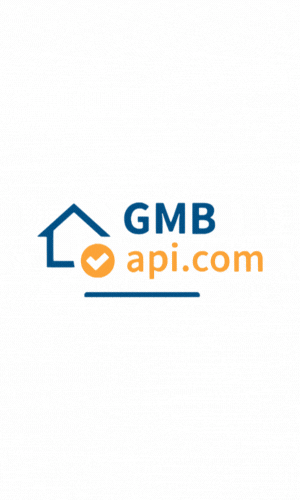- Joined
- Dec 8, 2014
- Messages
- 171
- Solutions
- 1
- Reaction score
- 58
I am working with a client that has a ton of content. I did an audit to identify content "that has not seen the light of day" in quite some time - e.g. low pageviews over the past year 
There were too many URLs to process independently (I figured if we could group them by topic, then we could work with topic themes)... but I am finding that the queries associated with many of these URLs are not relevant.... so grouping is proving challenging - also the URLs are not telltale of the topic so I have to look up each URL in Google Search Console - very time consuming.
My overall goal is to tell another team what to do with these URLs - they can work at them over the course of a year, no problem. But what to do with each one differs. The content is not bad... it likely just needs to be integrated into another topic - e.g. there is an article about the future of sales... it talks about creating a sense of community.... this is not something people search for... but that content could be moved into content about retaining customers... this is difficult to "procedurize" for non SEOs as well...
My brain is tired and it could be that I am missing something obvious here If I were to hand you 200 URLs from your site that have low pageviews... what would you do next? I think that the team would benefit from having all my data put into a database so that it could be visually displayed better and they could work on it.
If I were to hand you 200 URLs from your site that have low pageviews... what would you do next? I think that the team would benefit from having all my data put into a database so that it could be visually displayed better and they could work on it. 
There were too many URLs to process independently (I figured if we could group them by topic, then we could work with topic themes)... but I am finding that the queries associated with many of these URLs are not relevant.... so grouping is proving challenging - also the URLs are not telltale of the topic so I have to look up each URL in Google Search Console - very time consuming.
My overall goal is to tell another team what to do with these URLs - they can work at them over the course of a year, no problem. But what to do with each one differs. The content is not bad... it likely just needs to be integrated into another topic - e.g. there is an article about the future of sales... it talks about creating a sense of community.... this is not something people search for... but that content could be moved into content about retaining customers... this is difficult to "procedurize" for non SEOs as well...
My brain is tired and it could be that I am missing something obvious here




